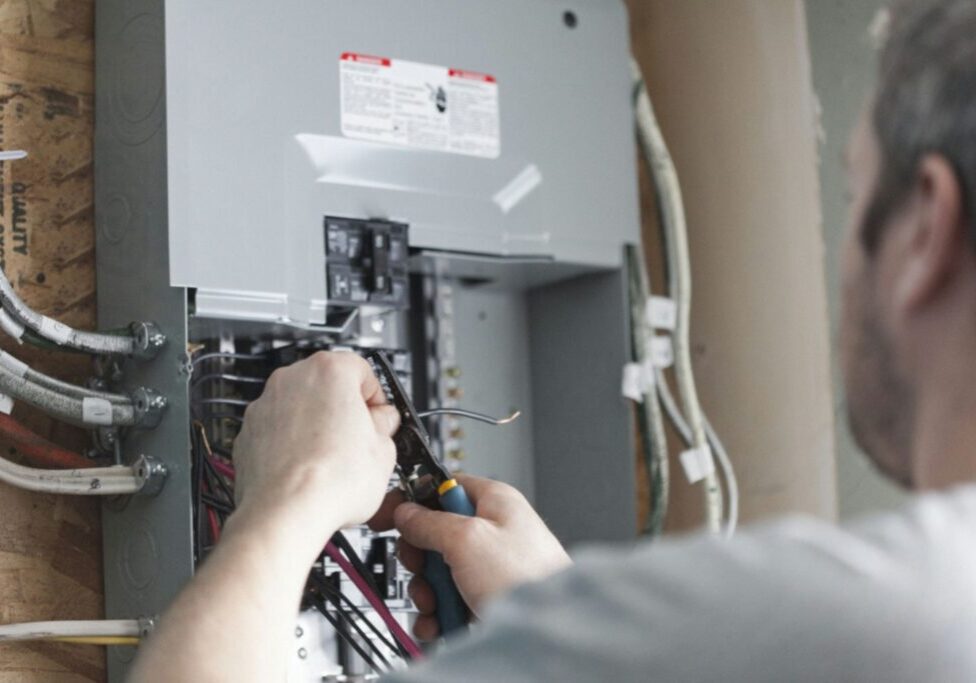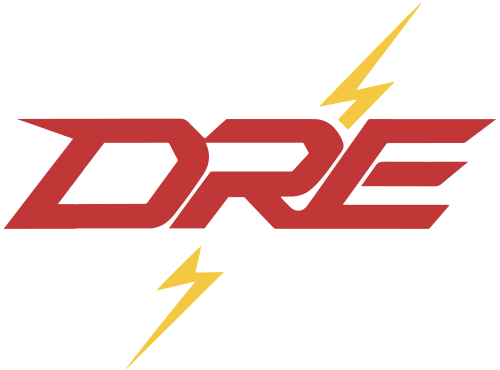
Your electrical panel is the hub of your home’s entire electrical system. It manages the flow of electricity from the utility line to your circuits and outlets, keeping everything powered and running smoothly. But like anything else in your home, electrical panels don’t last forever. Over time, they can become outdated, overloaded, or unsafe—especially if your home has seen renovations, appliance upgrades, or increased energy demands.
If you’re wondering whether it might be time to upgrade your panel, you’re not alone. Many homeowners in Ontario face this question as their electrical needs evolve. In this post, we’ll help you understand the role of your panel, how to recognize the warning signs, and what’s involved in a safe, code-compliant upgrade.
Understanding the Role of Your Electrical Panel
The electrical panel, also known as a breaker panel or service panel, acts as the control center for your home’s power supply. It receives electricity from your utility provider and distributes it through individual circuits to various rooms, appliances, and outlets. Modern homes typically have 100-amp or 200-amp panels, while older homes may still be operating with 60-amp panels or even fuse boxes.
A properly functioning panel keeps your system balanced. It should prevent overloading and allow for additional circuits when needed. But if your panel is outdated or maxed out, it can put both your property and your safety at risk.
Signs You May Need an Electrical Panel Upgrade
There are several common warning signs that indicate it may be time for an electrical panel upgrade in Ontario. These signs can show up in everyday ways, often starting as minor inconveniences before becoming serious safety issues.
Some key indicators include:
- Frequent breaker trips or blown fuses – A sign that your panel can’t handle the electrical load.
- Flickering or dimming lights – Especially when high-draw appliances are running.
- Lack of space for new circuits – No available slots for additions or upgrades.
- Reliance on power bars and extension cords – Suggests your panel isn’t meeting demand.
- Warm or buzzing panel – Potential internal faults or loose wiring.
- Rust, corrosion, or visible wear on the panel – A serious sign of age and risk.
- Plans for renovations, new appliances, or EV chargers – All may require more electrical capacity.
Each of these signs points to a system that may be overloaded, outdated, or unsafe. Ignoring them can lead to power loss, appliance failure, or even fire hazards. If you notice one or more of these issues in your home, it’s worth having a licensed electrician assess your panel and recommend a safe, code-compliant solution.
Electrical Panel Upgrade Requirements in Ontario
In Ontario, electrical panel upgrades fall under the jurisdiction of the Electrical Safety Authority (ESA), which enforces the Ontario Electrical Safety Code. That means you can’t simply swap out a panel on your own. All electrical work must be performed by a licensed electrical contractor who is registered with the ESA (ECRA/ESA licensed).
Before any work begins, your contractor must file a Notification of Work with the ESA. This serves as a formal permit and ensures the work will be inspected upon completion. The inspection verifies that all wiring, grounding, and installation methods meet the provincial code.
Skipping this process can result in serious consequences. Insurance companies may deny claims if work is done without permits or inspections. You could also face fines, legal issues, or fail a home inspection when it comes time to sell your property.
Risks of Delaying a Panel Upgrade
Delaying a panel upgrade can lead to more than just inconvenience. An overloaded or faulty panel is a fire hazard. Faulty breakers can fail to trip, allowing circuits to overheat. Over time, this can cause wire insulation to melt, outlets to scorch, or even electrical fires.
Aside from safety risks, an outdated panel can also affect your daily comfort. Appliances may underperform, lights may flicker regularly, and you might struggle to power all your devices at once. As smart technology, electric vehicles, and high-powered appliances become more common, electrical systems need to keep up.
The Benefits of Upgrading Your Electrical Panel
Upgrading your electrical panel offers a range of practical and long-term benefits. It’s a smart investment that enhances both safety and convenience in your home.
Some of the most important benefits include:
- Improved safety – Reduces the risk of fire, electrical shock, and circuit overloads.
- Greater system reliability – Fewer breaker trips, better appliance performance.
- Support for modern technology – Enough capacity to handle EV chargers, smart devices, and major appliances.
- Room to grow – Allows for future renovations, additions, or energy upgrades.
- Improved energy efficiency – Modern panels are better designed for balanced power distribution.
- Increased home value – A safe, up-to-date panel can make your home more attractive to buyers.
A new panel doesn’t just solve existing problems—it sets you up for a safer and more capable electrical system going forward. Whether you’re renovating, planning for the future, or dealing with current electrical issues, this upgrade provides peace of mind and lasting value.
What to Expect During the Upgrade Process
The process of upgrading your electrical panel starts with a licensed electrician evaluating your current system. This includes checking the amperage, reviewing existing circuits, and calculating your home’s energy load. From there, your electrician will file a permit (Notification of Work) with the ESA and schedule a suitable time for the upgrade.
During the actual upgrade, power will be shut off temporarily to allow for safe removal of the old panel and installation of the new one. Your electrician will disconnect, rewire, and organize all existing circuits, replacing outdated breakers with modern components. If needed, your local utility may need to disconnect and reconnect service at the meter.
After installation, an ESA inspector will conduct a full review to confirm compliance. Once approved, power is restored, the system is tested, and your home is back up and running—now safer, stronger, and future-ready.
Hiring the Right Electrician for Your Panel Upgrade
In Ontario, you are legally required to hire a licensed electrical contractor for a panel upgrade. But beyond the legal obligation, it’s about choosing someone who values your safety, understands the Ontario Electrical Safety Code, and takes pride in delivering high-quality work.
Our team holds an active ECRA/ESA license and brings years of experience to every panel upgrade. We handle the permitting, coordinate with utility providers, and ensure every step of the process is smooth and transparent. Our pricing is clear, our workmanship is meticulous, and your satisfaction is always our priority.
Final Thoughts
If your home is showing signs of electrical strain or your panel is outdated, don’t wait for problems to escalate. An electrical panel upgrade is an investment in the safety, efficiency, and long-term value of your property. With the right team and a clear understanding of Ontario’s requirements, upgrading your panel can be a seamless, stress-free experience.
Ready to find out if your panel is due for an upgrade? Reach out to a licensed electrician and get the clarity and peace of mind you need to move forward with confidence.
